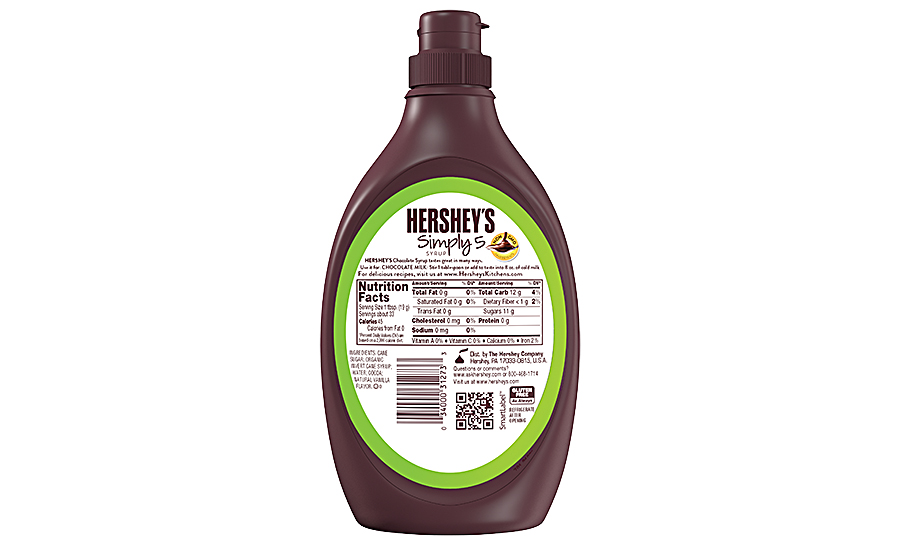The Senate and the House have passed a bill to create a national disclosure standard for genetically engineered foods and block states from issuing their own laws. The legislation creates a number of labeling options for food companies to indicate a product contains GMOs, including using an on-pack phrase, symbol, QR or barcode that consumers could scan with their smartphones.
Vermont ’s Act 120 was the first GMO labeling requirement to be passed in the US. The Grocery Manufacturers Association (GMA) and three other trade associations filed a lawsuit in federal court challenging the constitutionality of the state’s labeling law.
Some major food manufacturers, such as General Mills and Kellogg’s, have already announced plans to label all US-sold food products that contain GMO ingredients. Jonathan Rose, an attorney at Dunkiel Saunders, a law firm that represents food industry clients, advises food manufacturers that have not made a decision on a labeling strategy to identify any products that contain genetically engineered ingredients or components. “Companies should also be gathering appropriate documentation to support their labeling decisions and setting up systems to maintain that documentation,” he says.
Digital codes are another option for addressing the GMO labeling issue, and more food manufacturers are already adopting them. For example, The Hershey Company was one of the first companies to adopt SmartLabel, an industry-wide initiative created by the GMA, manufacturers and retailers to provide more ingredient transparency. Products in the program have a smartphone-readable QR code printed on their packaging that links consumers to websites containing detailed information, including facts on nutrition, allergens and possibly GMOs.
A growing number of platforms are being offered to assist brands in delivering product transparency. One such solution is Label Insight, which provides a set of tools designed to get companies up and running with SmartLabel. However, according to Patrick Moorhead, chief marketing officer for Label Insight, providing customers with better and more detailed information through the label is about more than just being compliant with a law.
“Our research finds 75 percent of consumers don’t trust the labels on food products. That means the majority of consumers think food companies are not being entirely truthful with them,” he says. “Not only that, almost 40 percent say they would switch to a brand that provided more transparency about a product.”
The company’s TransparencyROI Index charts the amount of investments made in product transparency and the return they deliver as measured by consumer trust and loyalty, market share and operational efficiency.
For more information:
Roger Lowe, SmartLabel, 202-295-3945,
rlowe@gmaonline.org, www.smartlabel.org
Patrick Moorhead, Label Insight, 888-787-4386,
pmoorhead@labelinsight.com, www.labelinsight.com






